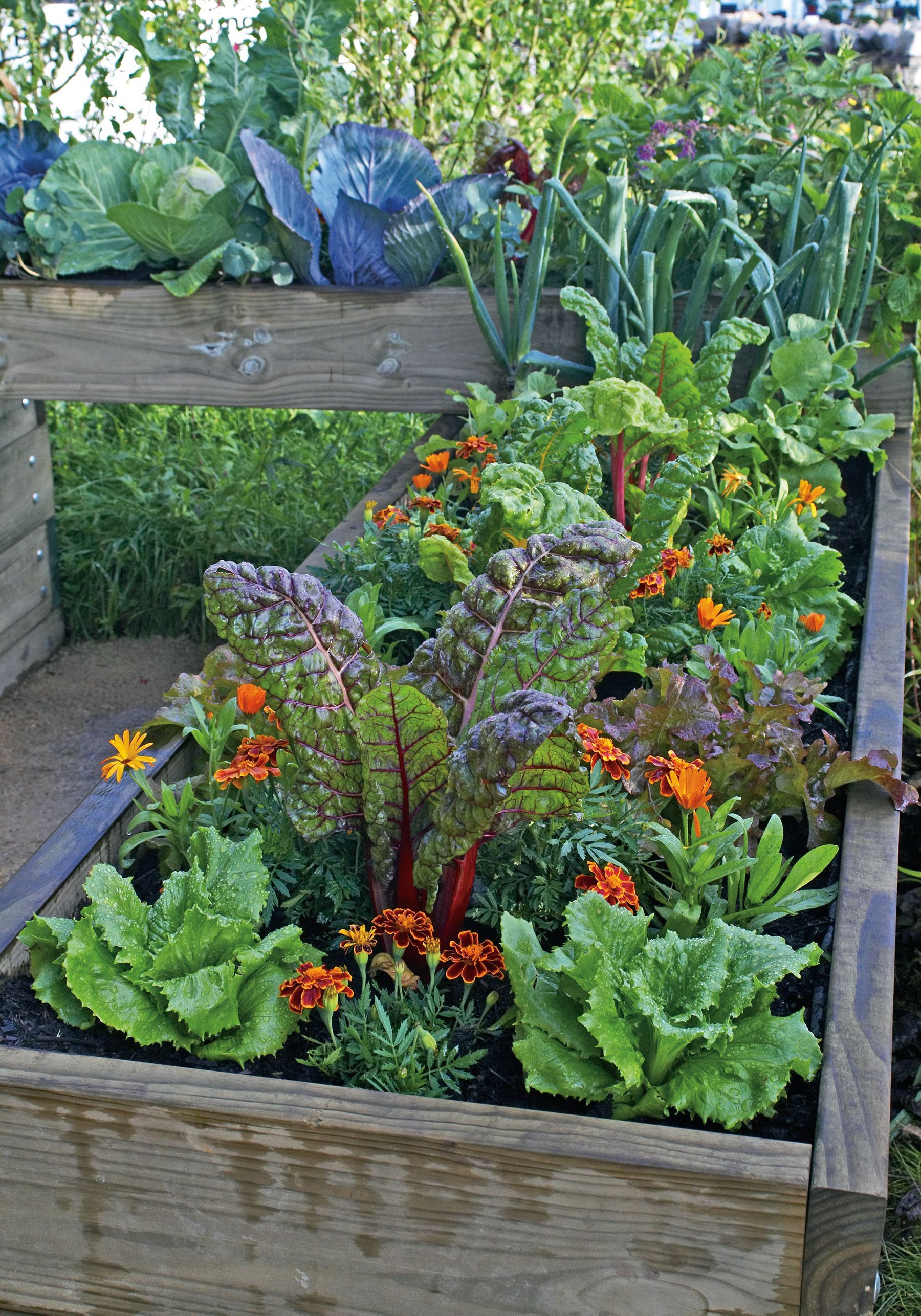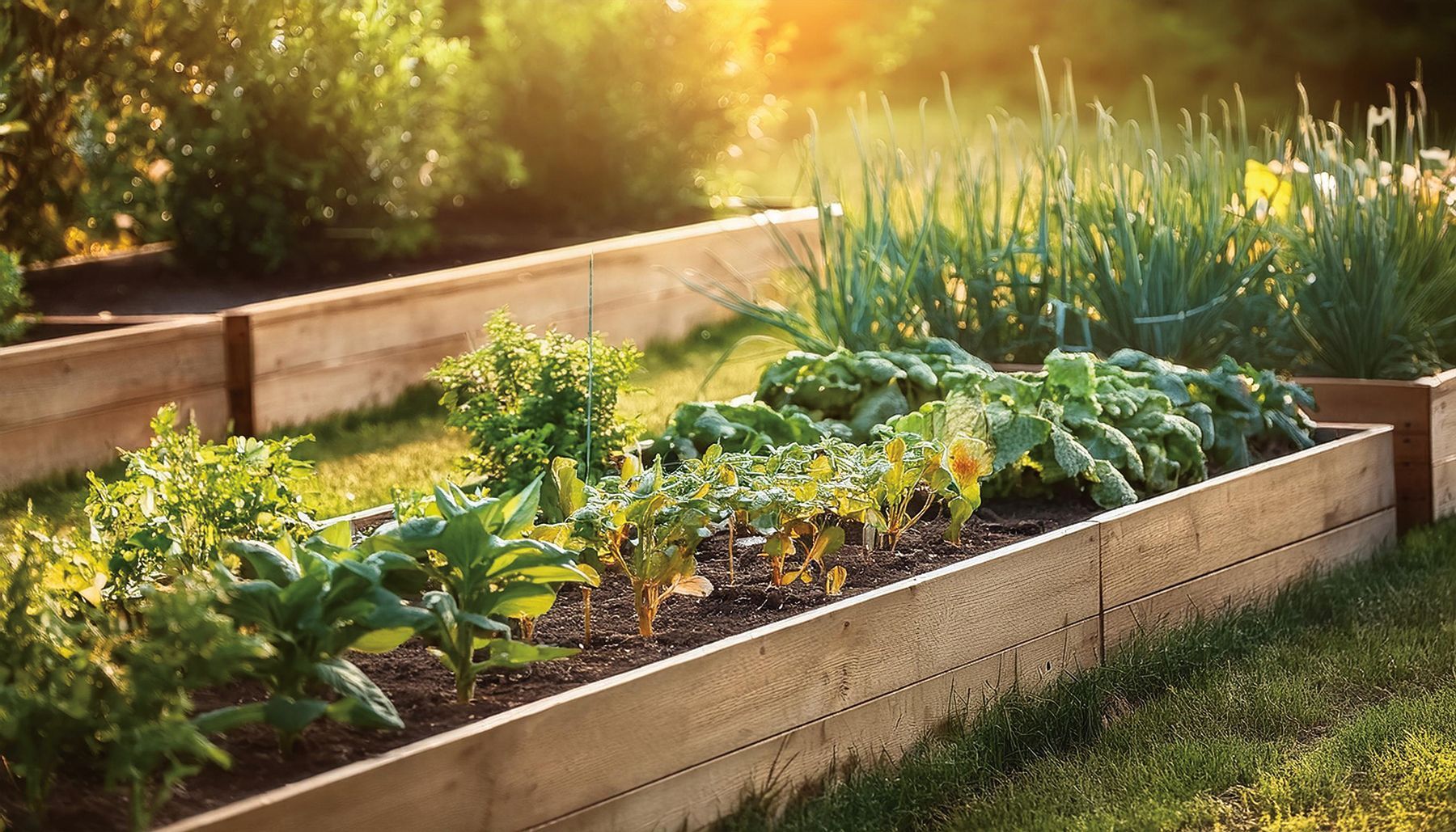Spring Planning Leads to Summer Abundance
This is Part 2 of our series on Spring Planting. For Part 1, check out our March 2025 digital issue at splurgemag.com.
These early months of spring provide a ripe environment for gardening. As temperatures begin to rise and remain above freezing, the earth warms and becomes ready for seeds and plants. Preparations and planning are as crucial as planting and cultivation.
Early spring flowers often emerge from autumn bulb plantings. October is typically ideal to plant tulip, crocus, daffodils, hyacinth, snowdrops or alliums. Some flowers, like black-eyed Susans and Shasta daisies, can be started from seed indoors in the late winter and early spring. Once we are well beyond the threat of a freeze — typically by late April — the world of flowers opens and the possibilities of perennials and annuals are endless. Coneflowers, salvias, zinnias, lantanas, petunias and vinca are excellent contenders as they are heat resistant and, if well watered, will continue to flourish throughout the summer months. For late summer color, consider planting rose of Sharon, hibiscus and crepe myrtle.
The Kansas State Research and Extension office provides the Kansas Garden Guide, a great go-to for tips and tricks as well as a comprehensive guide for planting, from the planning stages through each foods’ harvest. There is a full online version available that is easy to read and user friendly. Additionally, they provide a number of videos and tutorials to help anyone interested in gardening.
Veritable Veggies
Consider what your family loves to eat throughout the summer months. An abundance of fruits and vegetables are hearty and grow readily in the fickle Kansas climate. Cherries, plums, peaches, apples, pears, nectarines, blackberries, raspberries, gooseberries, blueberries, grapes and strawberries flourish in the state. Beans, beets, tomatoes, lettuce, yellow squash, pepper, zucchini, tomatoes, lettuce, radishes and onions are well adapted to our area.
Some gardeners may have started seeds indoors already, including potato and onion in early March, along with mid- and late-month selections such as asparagus, beets, berries, broccoli, brussels sprouts, cabbage, carrots, cauliflower, collards, kale, lettuce and spinach. Temperatures must consistently remain above 45 degrees for seed planting outdoors and for the plants to thrive. When temperatures remain above 55 degrees, melons, squash, tomatoes, potatoes and sweet potatoes, corn, beans and peppers can be planted.
Super Soil Prep
Once weeds and past plants have been removed, soil preparation is the priority. The Kansas Garden Guide recommends: “Vegetables grow best in well-drained, fertile soil. Sandy loam soils are ideal for vegetables. Most home gardens, however, do not have this soil composition. Compost or manure spread over the garden and worked in with a garden tiller will improve not only fertility but also soil condition. Adding organic material such as manure or compost is an important practice in successful gardening.”
Janet Harding of Bloom KS recommends depositing a high quality fertilizer. “Cotton Burr compost is preferable since it is organic, fermented, nutrient rich, and known to promote adequate water retention.”
Existing beds can be utilized for gardens, or new designs like raised beds or vertical planting materials may be optimal to suit a person’s planting preferences. Some of the benefits of raised beds include limiting the need to bend down while working at ground level. Other assets of this design concept include improved drainage, a resistance to pests, diminished weed growth, as well as better soil temperatures earlier in the planting season.
Wise Watering
The ability to keep a garden well watered is elemental to garden growth, just as sunshine activates photosynthesis and feeds the plants. Some gardeners water by hand each day, sometimes twice in the arid summer months. Large drip irrigation systems also work well and provide an adequate water supply to the growing garden.
Overhead sprinklers are another popular option. The Kansas Garden Guide offers some information about this type of irrigation. “One of the disadvantages of sprinklers is that they allow a considerable amount of water to evaporate into the air. Using coarse droplets and lower water pressure can reduce evaporation losses, especially on hot, windy days. Watering in cooler, less windy periods also helps to reduce wasted water. When using overhead irrigation, be sure to apply water in a way that allows plant foliage to dry as soon as possible after watering. Thus, early morning and early evening watering is preferable to late evening watering.”
Bear in mind that many local garden centers in Wichita and the surrounding areas are staffed with knowledgeable people who can provide assistance and answer questions regarding planting and maintaining healthy and beautiful trees, flowers and plants this spring and summer.



